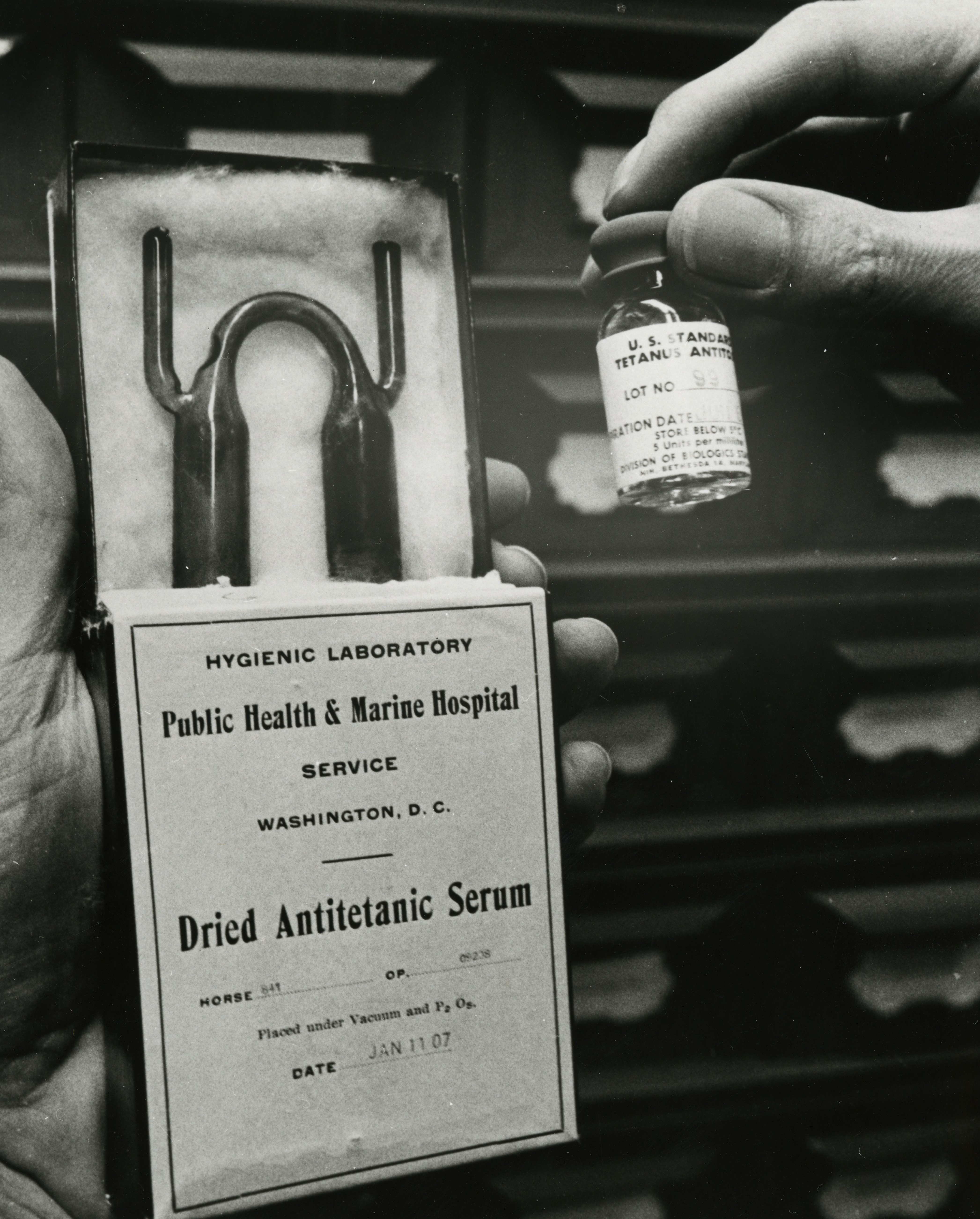...
| Dive | ||||||||||||||||||||
|---|---|---|---|---|---|---|---|---|---|---|---|---|---|---|---|---|---|---|---|---|
| ||||||||||||||||||||
|
At the National Institutes of Health (NIH), Dr. M. Carolyn Hardegree worked with Dr. Margaret Pittman and Dr. Michael Barile on tetanus toxoids studies in humans and guinea pigs. They published the paper “Immunization Against Neonatal Tetanus in New Guinea” in 1970 along with their colleagues F.D. Schofield, R. Maclennan, and A. Kelly. Their paper is a continuation of a study reported in 1965 of tetanus antitoxin titers among women after primary immunization plain AIPO(4)-adsorbed or oil adjuvant toxoids. The paper also looks at the effects of age and of abscess formation due to oil adjuvants on antitoxin response and is a comparative study of titers in some women of the study groups who received either a plain or an AlPO(4) toxoid booster injection in pregnancy. The results support the previous recommendation to use aluminum adjuvant toxoid in the prevention of neonatal tetanus. This paper was important because at that time, there was much interest in the use of mineral oil in allergens and other products. The Division of Biologics Standards (DBS) initiated a series of studies under contract to evaluate safety. The final DBS report indicated that the use of mineral oil adjuvants in the human population may be hazardous and should not be recommended for general use in humans.
In 1948, the tetanus vaccine became available in a combined vaccine (DTP) with diphtheria toxoid and the pertussis vaccine.
...


